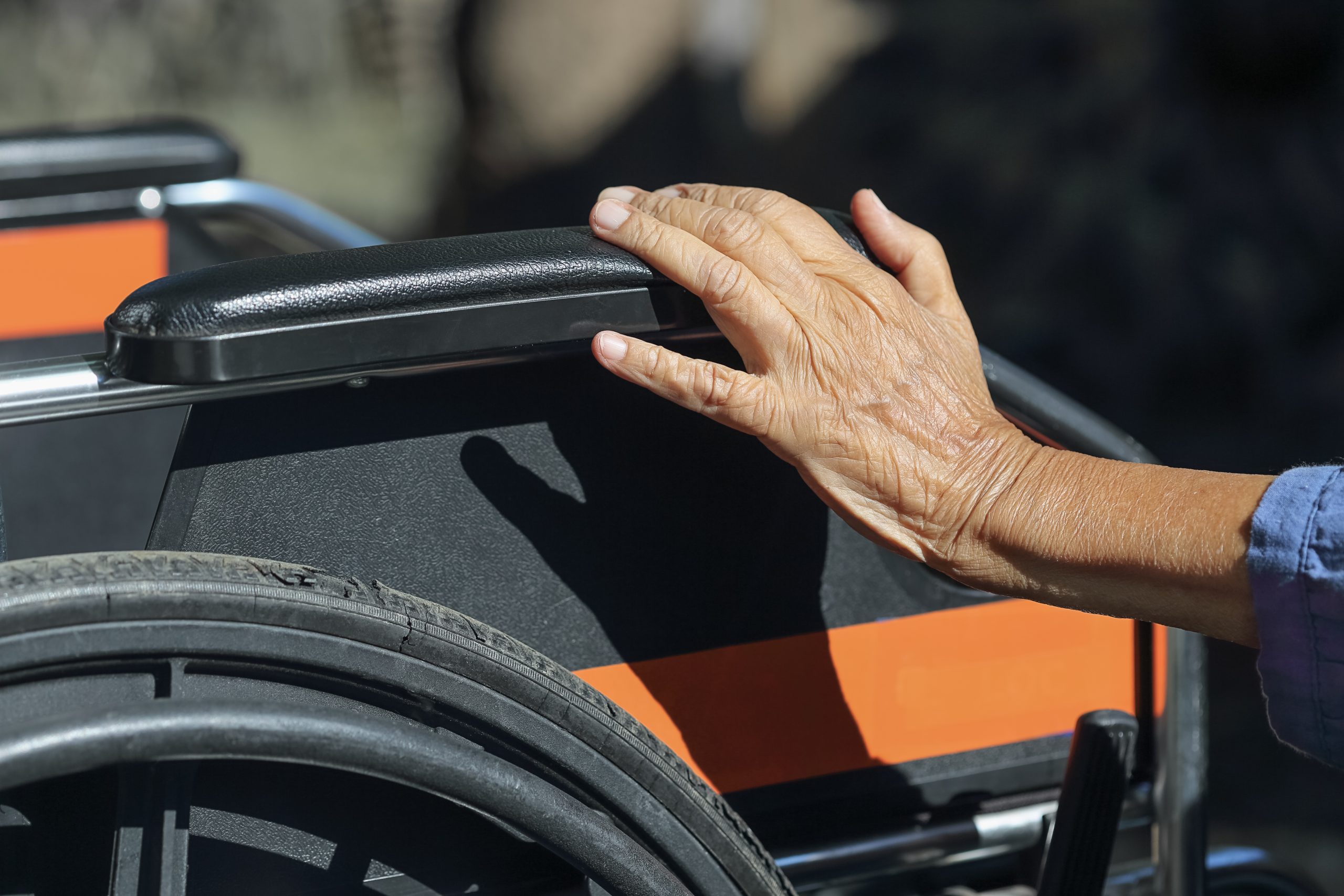
After discharge from an acute care facility, patients covered by Medicaid and those covered by commercial insurance tend to have different requirements in several subtle, yet important ways. There may be substantial overlap between the Medicaid and commercial insurance populations; nevertheless, health plans and discharge managers need to understand the differences between Medicaid and commercial clients in order to provide appropriate services.
Younger, but not necessarily healthier
To be eligible for Medicaid, an individual must meet certain income and family size requirements. Pregnant women and individuals with certain conditions and disabilities are also eligible. Recently, several states have expanded Medicaid eligibility so as to cover families above the poverty line. Part-time workers, self-employed workers, or individuals involved in the “gig economy” may be covered by Medicaid as opposed to commercial insurance, simply because the latter may be prohibitively expensive for an individual to afford. As a result, individuals on Medicaid tend to be younger and less affluent than those covered by commercial insurance.
Medicaid also covers younger individuals with chronic health problems, including disabilities, often as secondary insurance in addition to commercial health insurance. Therefore, though the typical Medicaid recipient may be younger, they may not be healthier than a typical commercial insurance recipient. Disabled and chronically ill Medicaid recipients on average require more hospitalizations than the general population, and consequently, they require coverage for more episodes of post-acute care. The Medicaid population also tends to have lower levels of health literacy, placing them at risk for worse health outcomes.
Social determinants matter, too
Individuals covered by Medicaid also tend to deal with complicated, oftentimes chaotic life situations, further complicating their needs should they be hospitalized. Experts in the field refer to these factors as ‘social determinants,’ meaning the non-medical, often intangible facts of life that can make a substantial difference in outcomes after hospitalization. Following an acute-care episode, Medicaid recipients may not have access to the level of family and community support that the average commercial insurance patient enjoys. Discharge planners must deal with several of these problems that often characterize Medicaid recipients: many patients tend to live in rural areas rather than in cities and towns, complicating transportation to outpatient physician visits and therapy appointments. There may be language barriers that complicate the transition to post-acute care.
Patients in lower income brackets who receive Medicaid may suffer from poorer nutrition resulting from both food insecurity and lack of access to healthy food. Many patients receiving Medicaid have little to no financial reserves, and must constantly work to stave off financial ruin, even if they are ill or recovering from surgery. These deficits in nutrition and rest are negative influencers of health that disproportionately affect Medicaid recipients.
An additional problem faced by discharge planners arranging post-acute care is finding outpatient providers who accept Medicaid. The reimbursements from Medicaid tend to be lower than those negotiated by commercial payers. Sometimes these rates are so low that the providers risk losing money if they take on Medicaid patients.
Recent changes in Medicaid
In the past, Medicaid recipients often needed to receive post-acute care in long-term care facilities, despite the higher expenses incurred in those facilities. Now, recent changes in funding are making it easier for Medicaid recipients to receive post-acute care at home. The Centers for Medicare and Medicaid Services (CMS) have facilitated processes allowing the states to grant waivers for home and community-based services waivers for the benefit of those who would rather receive post-acute care at home or in their own communities, rather than in long-term care facilities.
In an effort to keep closer tabs on utilization of Medicaid services, CMS has instituted a “scorecard” with the aim of increasing transparency in delivery of healthcare services. Though the scorecard has met with mixed reviews, through a fine-tuning process, CMS will likely reduce fraud, waste and abuse and will direct federal healthcare dollars toward patients who both need and can benefit from services such as post-acute care.
Meeting the challenge
Medicaid recipients and the individuals who care for them face various challenges, none of them insurmountable. Flexibility, creativity, and commitment are required on the part of caregivers and discharge planners to handle the particular post-acute care needs of patients on Medicaid.





